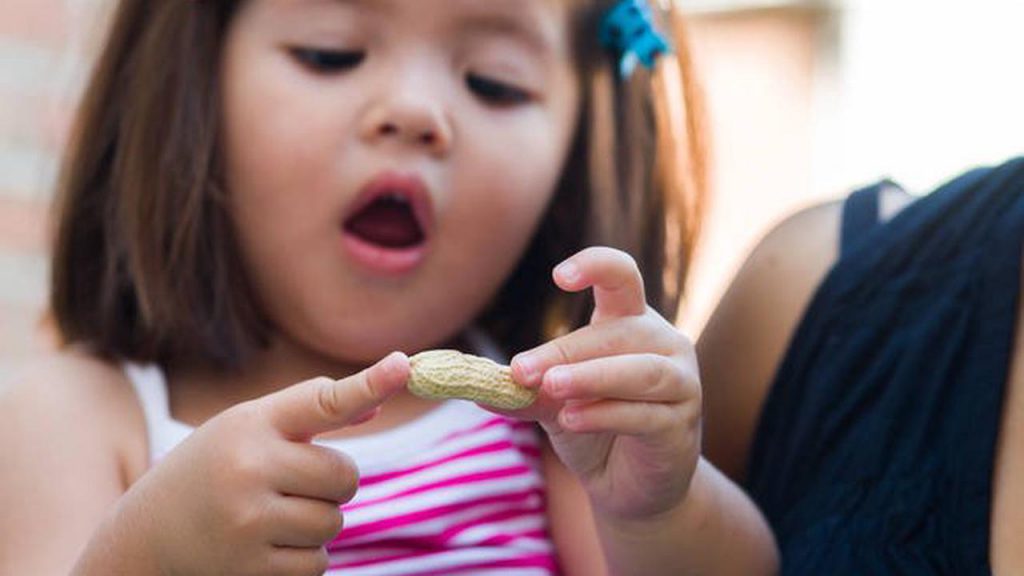According to Israeli scientists, symptoms of autism can be recognized inside the first year of one’s birth subject to the proper ID of symptoms. Survey were driven by the Mifne Center for Early Intervention in the Treatment of Autism and the Weisfeld School of Social Work Continuing Education Unit at Bar-Ilan University The two assessments were conveyed in the peer-reviewed academic periodical International Journal of Pediatrics and Neonatal Care in December. However, both differentiated in their strategy. The first audit focused in on early detection of autism subject to video recordings of infants, while the resulting one dissected the impact of early prescriptions that began at two interesting stages for the duration of day to day existence. The first survey used the video recordings of 110 infants (84 young fellows and 26 young women) still up in the air to have autism spectrum disorder between the ages of 2 and 3.
The specialists had researched the video clips of the infants during the first year of their lives that were shot by the parents. Strikingly, the parents had no question with respect to possible autism finding at the opportunity of shooting, so the recordings were used as a benchmark bunch. While separating the clips, the scientists recognized different symptoms, for instance, abhorrence for contact, delayed motor development, inordinate activity or passivity, nonappearance of reactions, declining to eat, an accelerated head border development and a shortfall of eye contact. Considering these revelations, the analysts suggested that 89% of the symptoms should have been visible when the baby was just 4-6 months mature enough—which is difficult for parents to unravel these symptoms.
Recalling this, the scientists at Mifne Center encouraged a screening mechanical assembly known as ESPASSI to distinguish infants in peril for autism and used as a pilot at Ichilov Hospital. The resulting survey pondered the ampleness of meds on 45 infants between 1-2 years of age and 39 small kids between 2-3 years of age. All of the infants were being treated at the Mifne Center. All of the kids were going through therapeutic therapy which relies upon family therapy and association theory, which requires the entire family be given support and expert major coping skills. All around, diminishing the time between early detection and therapy was found to have been unquestionably more successful in keeping neurodevelopment from genuinely deviating.
Also Read: Delmicron – A New Mutation Of Coronavirus?
It in like manner is important for another point: the family. Right when a parent is in consistent worry, this essentially triggers an unending circle of sorts, something very perilous for neurodevelopment. Accepting the parents have the fitting information, support and coping parts, nevertheless, they can suitably help their adolescent with making, the audit found “These two assessments confirm that there is an entryway and it has all the earmarks of being genuine that early detection and intervention will impact neuroanatomical development parts at a stage which is by and large powerful for the rapidly making brain,” Alonim, analyst and lead author of the two examinations, said in an affirmation.
